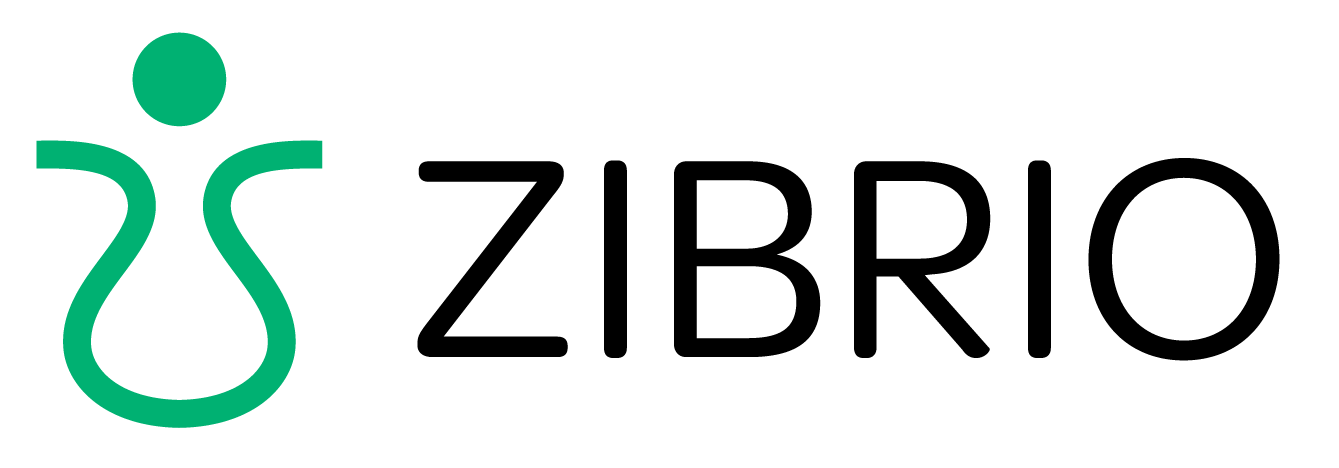Why We Need a Universal Measure of Balance
Humans can fall at all ages, from youth, when our bodies are growing and we’re calibrating them, teaching the different systems to communicate so that when we see a step, we can lift the correct leg by the correct amount, put it down on the different level, and shift our weight to allow us to negotiate it. Eventually, we learn to do it subconsciously.
On slippery surfaces, wobbly ones, narrow or sloping ones, we can get it wrong and down we go, even if we manage to catch ourselves before we hit the ground. Often, the result is embarrassment, or a minor bruise.
But it’s also the leading cause of serious injury – requiring emergency room treatment – across the whole population. It is not a problem reserved for older humans, though once over 65 years of age, the rate of falls is 1 in 4 people, every year. For those over 80, 50% fall each year.
It’s not a problem for other people, it’s a very real problem for all of us.
What does falling have to do with balance? Surely a fall is just an accident, and even people with generally good balance fall sometimes?
A fall is affected by extrinsic factors, such as icy pavement, and intrinsic factors, or the various systems, sensors, and processing inside us that make up our ability to balance, avoid obstacles and react to sudden changes in our environment. Any effective fall prevention program needs to address both parts of the system.
While counseling for reducing trip hazards is commonplace, what is missing is accurate identification for people who need help – whether that is an assistive device, physical therapy, or changes to prescription medications, until after they have fallen and admitted it to their doctor (many do not).
Generic advice lacks impact and makes it easy for people to deny they may need help. If advice isn’t personalized enough to be relevant, it perpetuates the twin myths that (1) only frail people fall and (2) that falling is an inevitable part of aging.
In fact, balance fluctuates, sometimes significantly, from one day to the next. It is made up of so many systems that many changes can affect it. A recent study in the UK showed how even one poor night’s sleep had a very detrimental effect on young people’s ability to balance the next day. So how can we give relevant advice to everyone at the right time in a way that they will hear it and be able to take appropriate action?
Generally speaking, our balance ability peaks somewhere in our 20s and then gradually reduces over subsequent decades – largely because it isn’t sufficiently challenged to stay well-tuned. Disease, failing eyesight, deafness, and other issues can complicate the matter, but there is a growing body of evidence that shows that even very frail adults in their 80s can address a balance weakness and correct it. And not just to ‘good for their age’ but significantly better than the 50th percentile of people more than a decade younger than them.
The next time anyone fobs you off with ‘well, you are old you know’, move away from them and sign up for a balance class, you’ll have the great pleasure of proving them fundamentally wrong.
Part of the problem is that people don’t know exactly how good or bad their balance is, nor what their normal pattern of fluctuation is. Nor do the experts they consult. Imagine you speak to your doctor about your balance. They might do one functional test and perhaps refer you to a balance clinic or physical therapist if you fall into the ‘at risk’ category for that test. And that expert could very well use a different system for assessing your balance. All of this is valid, however, it makes it very difficult to manage for the one person it really matters: you, the patient.
There is a better way
Imagine instead a simple test takes only a minute and gives you a number between 1-10 to indicate your balance ability that day. You could use it with the nurse during your checkup at your doctors; you may choose to have one in your home, so you could tell, clearly, whether a bad night’s sleep puts you in the danger zone, or if the new medication is good or bad for your balance. And it would allow your doctor – or any other professional you consult – to give you relevant, personalized actions that make sense for who you are and where you are.
A person whose balance is weak doesn’t need the same advice or action as the person whose balance is mildly compromised. Trying to fob one person off with advice for the other is the path to failure. We must stop doing it.
The Zibrio SmartScale is available to pre-order now, so you can join the future of better balance and fewer falls.
